1922
The 91热爆 was formed on October 18th 1922 with daily broadcasts following on November 14th. Since then 91热爆 engineers have been at the forefront of broadcasting developments. Image is of the 2LO Control Room.
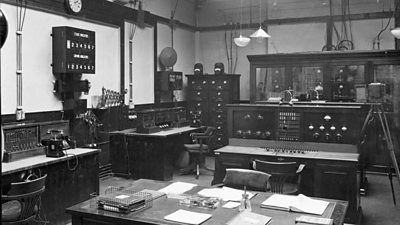
1923
Captain P.P. Eckersley appointed Chief Engineer
With this appointment, the necessity for specialists in fields of research and development became apparent, so at the end of 1923 Captain A.G.D. West was appointed Assistant Chief Engineer.
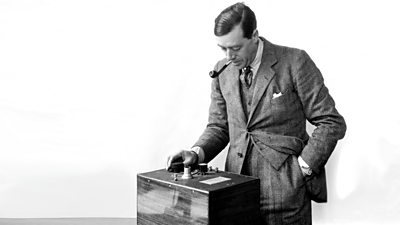
1924
H.L. Kirke becomes Senior Development Engineer
Following this appointment Captain West was redesignated Assistant Chief Engineer (Research), therefore becoming the 91热爆's first research engineer.
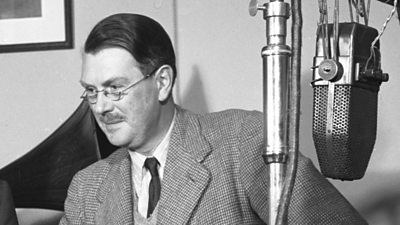
1927
The 91热爆 becomes the British Broadcasting Corporation
Converting from a company on January 1st 1927, the Royal Charter establishes how the 91热爆 is to be governed and the first charter ran for 10 years. The 2007 charter committed the 91热爆 to delivering the latest technology to the public and taking a leading role in the switchover to digital television.
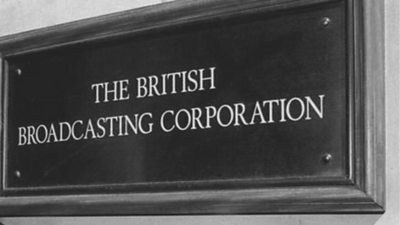
-
Royal Charter archive History of the 91热爆
1929
91热爆 R&D sections move from Savoy Hill to Avenue House in Clapham
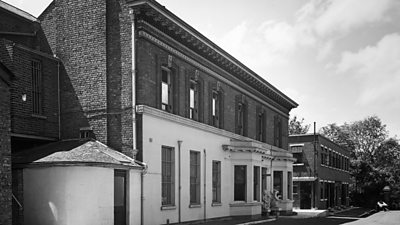
-
91热爆Eng.info